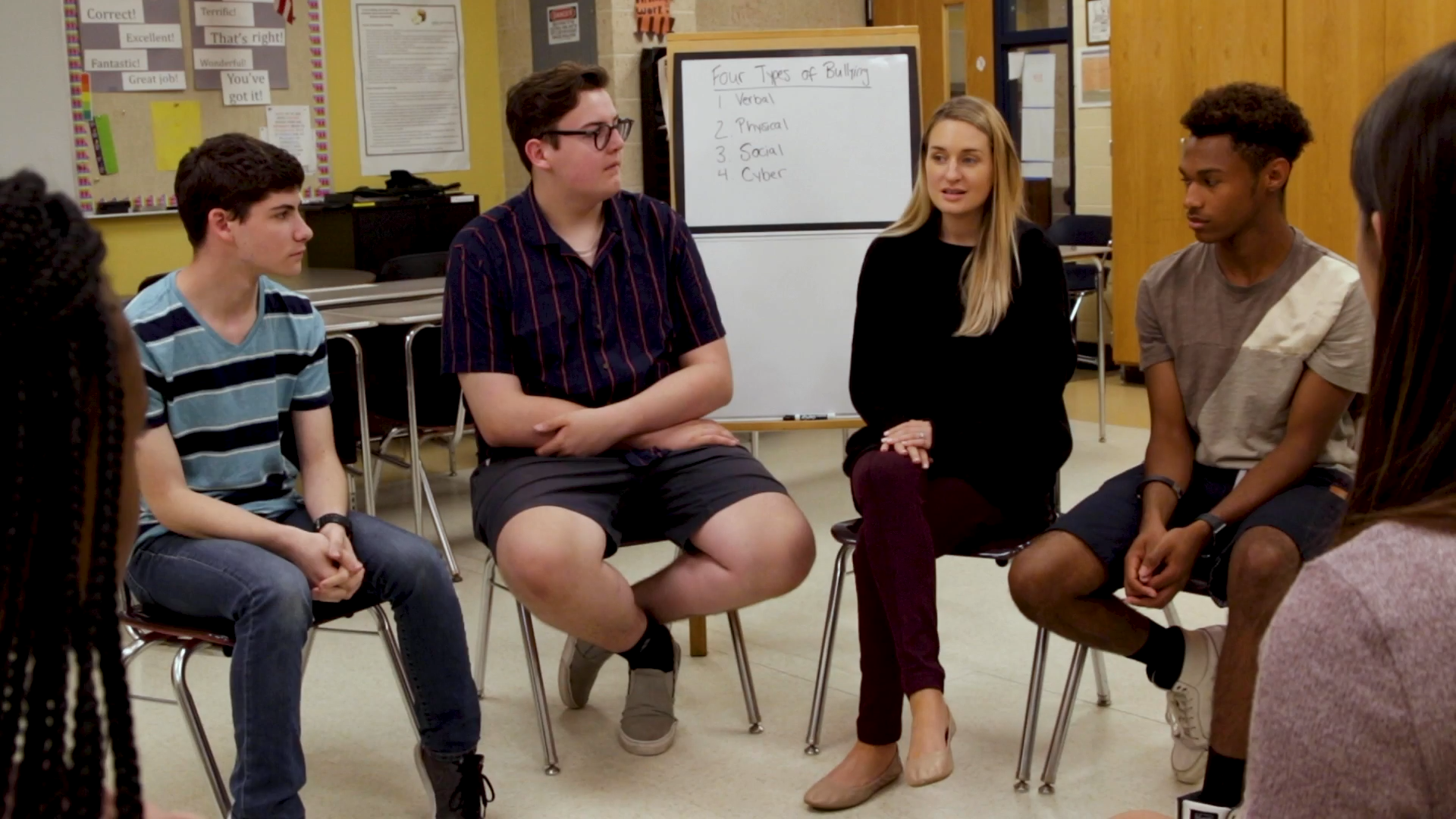Introduction
Bullying is a harmful behavior that can have lasting effects on individuals, especially students in special education settings. As educators, it’s crucial to understand the different types of bullying and teach our students how to recognize and prevent them. This blog post will discuss four types of bullying: verbal, physical, social, and cyber. We’ll also provide a no-prep activity that educators can use to help their students understand and engage in discussions about bullying.
No-Prep Activity: Bullying Scenario Charades
This activity requires no preparation or materials and can be easily adapted for students in special education settings. The goal of this activity is to help students recognize different types of bullying and understand how they can respond appropriately.
- Divide the class into small groups of 3-5 students.
- Explain the four types of bullying: verbal, physical, social, and cyber.
- Assign each group one of the types of bullying and have them create a short charades scenario based on that type.
- Each group will take turns acting out their scenario without using words, while the other groups try to guess the type of bullying being portrayed.
- After each scenario, facilitate a brief discussion about the bullying type, its effects, and possible strategies to prevent or address it.
Discussion Questions
Use these questions to stimulate further discussions about bullying and its effects on students in special education settings:
- How does bullying affect the person being bullied and the person who is bullying others?
- What strategies can students use to stand up against bullying and support their peers who may be experiencing it?
- How can educators create a safe and inclusive environment that discourages bullying?
- What role can technology play in preventing and addressing cyberbullying?
- How can we promote positive communication and social skills to reduce the likelihood of bullying?
Related Skills
In addition to understanding and preventing bullying, students in special education settings can benefit from learning and practicing other related skills, such as:
- Conflict resolution
- Empathy and understanding
- Assertiveness
- Social skills and communication
- Digital citizenship
Next Steps
To further support your students in understanding and preventing bullying, consider signing up for free sample materials that cover these topics and more at Everyday Speech. These resources can help you create a more inclusive and supportive learning environment for your students, fostering their social-emotional growth and well-being.











